标签 红树林 下的文章
瓜纳阿卡维韦斯半岛国家公园的红树林,古巴 Red mangrove tree seedlings in Guanahacabibes National Park, Cuba (© Claudio Contreras/Minden Pictures)
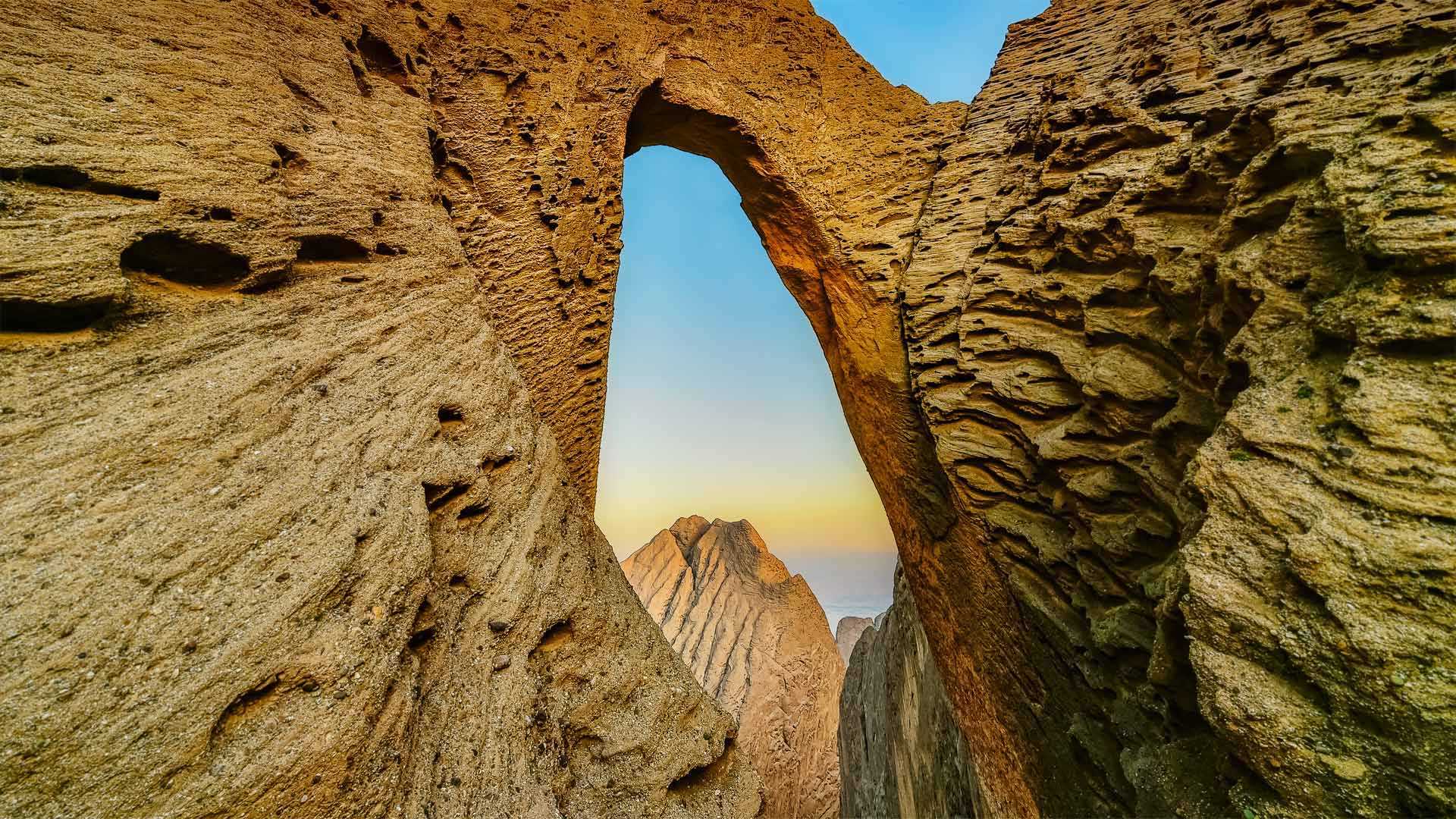
瓜纳阿卡维韦斯半岛国家公园的红树林,古巴 Red mangrove tree seedlings in Guanahacabibes National Park, Cuba (© Claudio Contreras/Minden Pictures)
向伟大的红树林致敬! All hail the mighty mangrove!
瓜纳阿卡维韦斯半岛国家公园,古巴
今天照片里的是古巴的瓜纳阿卡维韦斯半岛国家公园的红树林幼苗。红树林特别适合在淡盐水或盐水中生长,它们不仅能够保护海岸线,而且还是热带沿海生态系统的重要组成部分。这些顽强的树木可以承受巨浪和狂风,还能抵御海上风暴和海水侵蚀的破坏性影响。
在水面之下,红树林依然努力工作。它们复杂的根系可以过滤盐分,为海洋生物提供庇护和保护,促进生物多样性。瓜纳阿卡维韦斯有好几种海龟、红沼泽螯虾、以及大量的爬行动物和两栖动物。
向伟大的红树林致敬还有另外一个原因:它们从大气中捕获的二氧化碳比热带雨林多十倍。因此红树林也是优质碳汇,它们在根系里储存的二氧化碳远多于陆地植物。
Guanahacabibes National Park, Cuba
Today we're admiring red mangrove seedlings at Guanahacabibes National Park in Cuba. Mangrove forests not only protect coastlines but are a crucial component of tropical coastal ecosystems and are uniquely suited to thrive in brackish or salty water. These hardy trees can withstand the force of tremendous waves and ferocious winds, fending off the damaging effects of storms and erosion.
Below the surface, they work just as hard: Their complex root systems filter out salt and provide shelter and protection for marine life, encouraging biodiversity. Here in Guanahacabibes, that marine life includes several species of turtles as well as red swamp crayfish and a slew of reptiles and amphibians.
Another reason to tip our hats to the mighty mangroves? They capture up to 10 times more carbon dioxide from the atmosphere than tropical forests do. They're also incredible carbon sinks, storing much more carbon in their roots than their terrestrial counterparts.
萨卢姆三角洲国家公园的红树林,塞内加尔共和国 Mangrove forest in the Saloum Delta National Park, Senegal (© mariusz_prusaczyk/Getty Images)
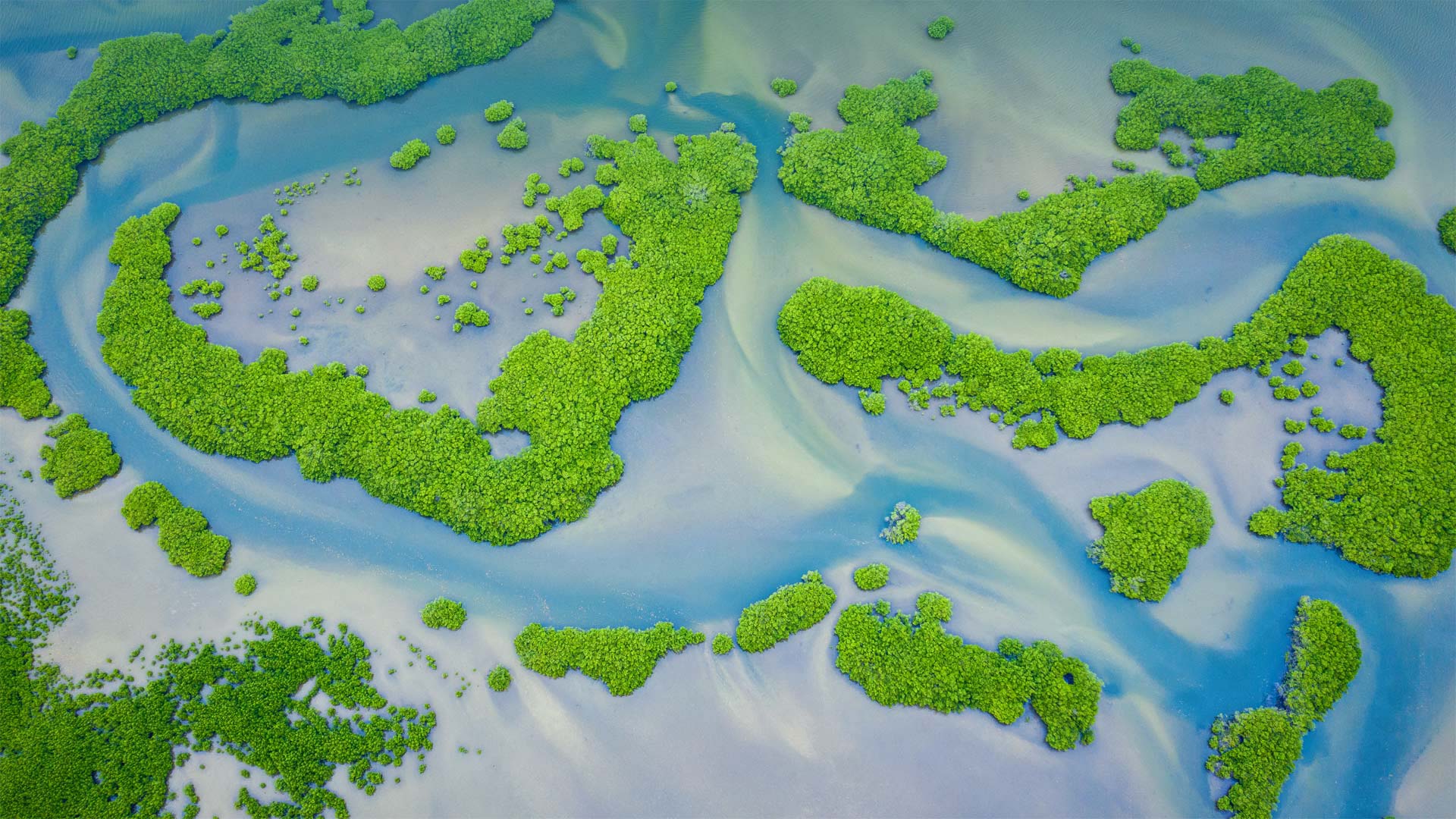
萨卢姆三角洲国家公园的红树林,塞内加尔共和国 Mangrove forest in the Saloum Delta National Park, Senegal (© mariusz_prusaczyk/Getty Images)
被人类遗忘的森林 Our forgotten forests
Mangrove Conservation Day
Although we think of forests as trees on land, some of the most important trees grow in water, or more precisely marshland. Mangrove forests, like this one in Saloum Delta National Park in Senegal, are vital components of the world's coastal ecosystems. Mangroves survive where no other trees can, in salty, low-oxygen coastal waters exposed to tides and storms. They grow up to 30 feet high primarily in tropical and subtropical regions and are able to store vast amounts of carbon, making them crucial to moderating our climate. Mangroves also act as nurseries for fish and aquatic life. And with their complex interwoven root system, they protect coastlines from erosion. Today we join the UN in shining a light on the necessity and fragility of mangroves: July 26 is the International Day for the Conservation of the Mangrove Ecosystem.
The Saloum Delta is part of a UNESCO World Heritage Site, and a sterling example of the biodiversity of marshlands. These shallow, brackish channels contain about 200 islands and islets and support all kinds of marine life and birds. Dolphins and caimans swim in its creeks. Monkeys, warthogs, buffaloes, rhinos, and giraffes roam the savanna farther inland. The park biosphere includes salt flats, estuaries, and of course mangrove forests. Humans have also long inhabited this delta, fishing its waters and cultivating shellfish from giant mounds. For as long as 2,500 years, people have flourished off the bounty of this delta, a bounty made possible by the sturdy mangrove, the bedrock for these marshes, and the keepers of our coastlines.
红树林保护日
虽然我们认为森林是陆地上的树木,但一些最重要的树木生长在水中,或者更准确地说是沼泽地。红树林,比如塞内加尔萨卢姆三角洲国家公园的红树林,是世界沿海生态系统的重要组成部分。在暴露于潮汐和风暴的咸水、低氧海岸水域,红树林在其他树木无法生存的地方生存。它们主要在热带和亚热带地区生长到30英尺高,能够储存大量的碳,这对调节我们的气候至关重要。红树林也是鱼类和水生生物的苗圃。它们复杂的根系交织在一起,保护海岸线免受侵蚀。今天,我们加入联合国,共同关注红树林的必要性和脆弱性:7月26日是国际红树林生态系统保护日。
萨鲁姆三角洲是联合国教科文组织世界遗产地的一部分,也是沼泽地生物多样性的典型代表。这些浅微咸水水道包含约200个岛屿和小岛,支持各种海洋生物和鸟类。海豚和凯门鳄在小溪里游泳。猴子、疣猪、水牛、犀牛和长颈鹿在更远的内陆草原上漫游。公园生物圈包括盐滩、河口,当然还有红树林。人类也长期居住在这个三角洲,在其水域捕鱼,并在巨大的土堆中养殖贝类。长达2500年的时间里,人们靠着这片三角洲的富饶而繁衍生息,这片富饶的土地是由坚固的红树林、这些沼泽的基岩和我们海岸线的守护者所促成的。
攀牙湾安达曼海的红树林,泰国 Mangrove forest in Phang Nga Bay, Andaman Sea, Thailand (© Ratnakorn Piyasirisorost/Getty Images)
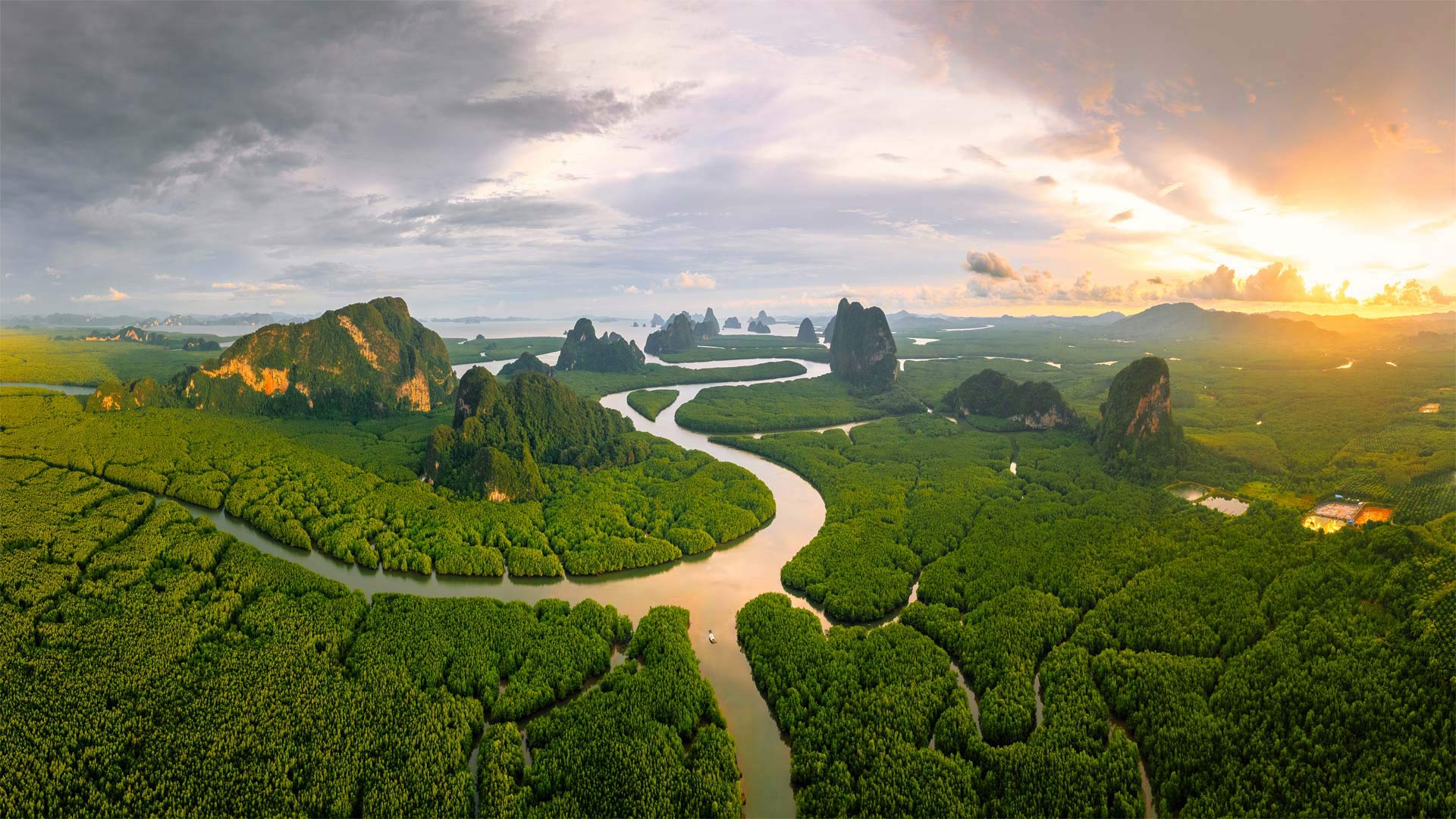
攀牙湾安达曼海的红树林,泰国 Mangrove forest in Phang Nga Bay, Andaman Sea, Thailand (© Ratnakorn Piyasirisorost/Getty Images)
在热带,陆地与海洋热情相拥 In the tropics, land greets sea warmly
International Day of the Tropics
Only in the tropics do forests grow in salt water. Take this forest of mangrove trees in Phang Nga Bay in southern Thailand, one of the largest and best preserved mangrove forests in the country. Adapted to thrive in coastal marshes and swamps, mangroves can filter saltwater and withstand strong coastal storms. Virtually all mangrove forests and all species of mangrove grow only in the tropical regions of the world. They are protectors of the coastlines, acting as a buffer against storms and floods.
Today and on every June 29, we join the United Nations in marking the International Day of the Tropics, a moment to focus on the unique beauty of this region of the world and the challenges it faces. The tropics are roughly defined as the area above and below the equator between the Tropic of Cancer and the Tropic of Capricorn. By 2050, the UN estimates the tropics will be home to most of the humans on Earth, and two-thirds of the world's children. It is also the poorest part of our world and the most vulnerable to global warming.
Phang Nga Bay on the Andaman Sea is one of the most treasured and visited sites in Thailand. The south-facing bay is about 150 square miles in size, and contains numerous limestone islets, tower karsts, cliffs, caves, and lagoons. At its mouth is the tourist mecca of Phuket island. Much of the bay is protected as the Ao Phang Nga National Park, created in 1981 by royal decree. The most famous landmark in the park is probably Ko Tapu, a tall cylindrical rock that is narrower at its base than at its top. It was featured in the 1974 James Bond movie 'The Man with the Golden Gun,' and has since been dubbed 'James Bond Island.' The real star of Phang Nga, however, is the mangrove. Resilient, wondrous, and beautiful, mangroves are an apt metaphor for the tropics they inhabit.
国际热带日
只有在热带地区,森林才能在盐水中生长。以泰国南部攀牙湾的红树林为例,攀牙湾是泰国最大、保存最完好的红树林之一。红树林适应于在沿海沼泽和沼泽中生长,可以过滤海水,抵御强烈的沿海风暴。几乎所有红树林和所有红树林物种都只生长在世界热带地区。它们是海岸线的保护者,起着抵御风暴和洪水的缓冲作用。
今天和每年6月29日,我们与联合国一道纪念国际热带日,这是一个关注世界这一地区独特美景及其面临挑战的时刻。热带大致定义为北回归线和北回归线之间赤道上下的区域。联合国估计,到2050年,热带地区将成为地球上大多数人类和世界三分之二儿童的家园。它也是世界上最贫穷的地区,也是最容易受到全球变暖影响的地区。
安达曼海上的攀牙湾是泰国最珍贵的景点之一。朝南的海湾面积约150平方英里,包含许多石灰岩小岛、塔式岩溶、悬崖、洞穴和泻湖。河口是普吉岛的旅游圣地。该湾的大部分地区被保护为1981年根据皇家法令创建的敖攀牙国家公园。公园中最著名的地标可能是Ko Tapu,这是一种高大的圆柱形岩石,底部比顶部窄。它曾出现在1974年詹姆斯·邦德的电影《金枪侠》中,后来被称为“詹姆斯·邦德岛”然而,攀牙岛真正的明星是红树林。红树林富有弹性、奇妙而美丽,是它们所居住热带的恰当隐喻
Walakiri海滩的红树林,印度尼西亚松巴岛 Mangrove trees, Walakiri Beach, Sumba Island, Indonesia (© Tengguo Wu/Getty Images)
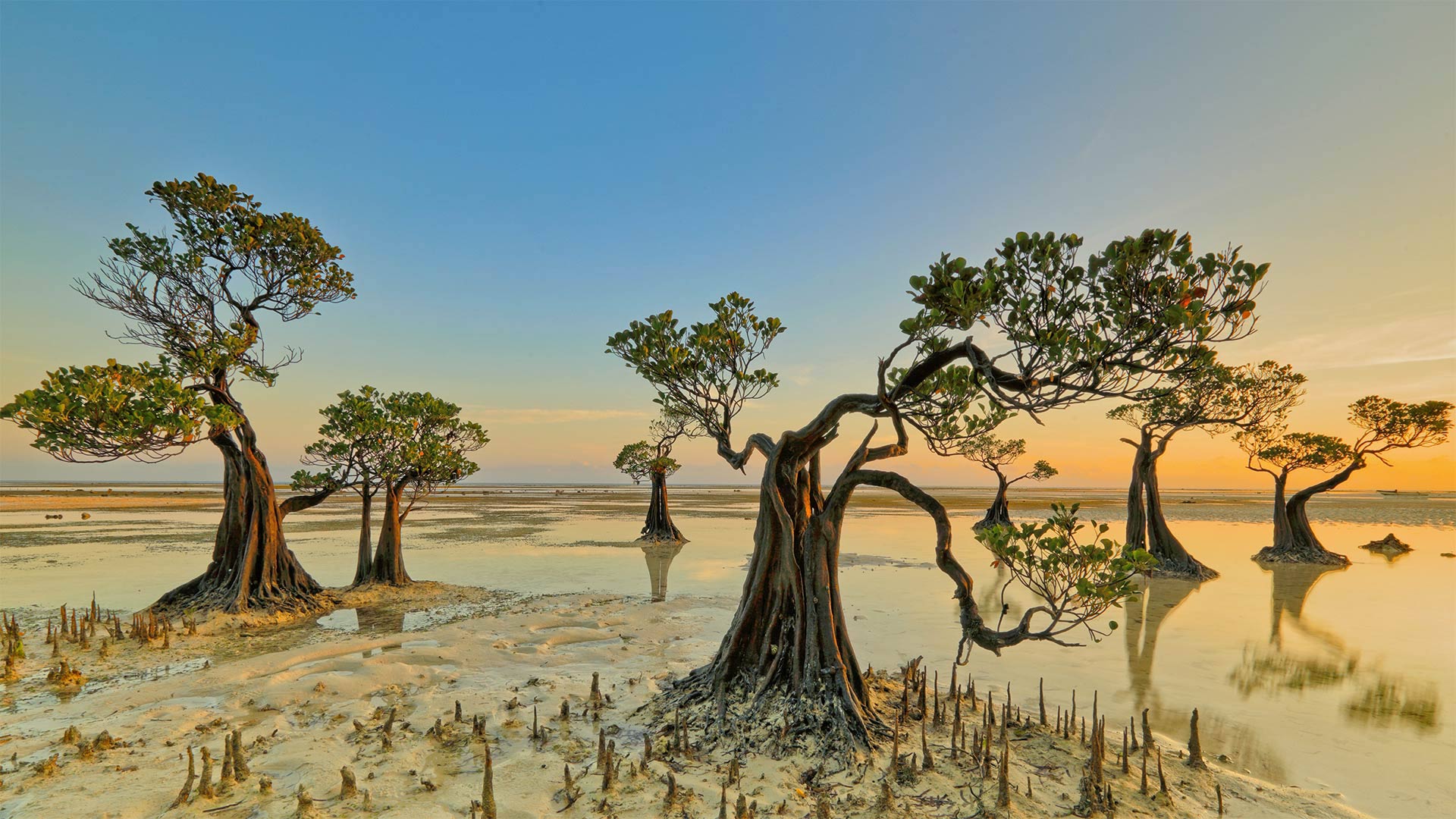
Walakiri海滩的红树林,印度尼西亚松巴岛 Mangrove trees, Walakiri Beach, Sumba Island, Indonesia (© Tengguo Wu/Getty Images)
The 'dancing trees' of Sumba Island
On the northern coast of Indonesia's Sumba Island, a stand of mangrove trees appears to dip and sway to summon another dreamy sunrise. Walakiri Beach is gently sloped, so it's easy for a visitor to walk out into the knee-deep water to examine the extraordinary transitional zone of a mangrove ecosystem. Mangroves thrive here at the boundary between land and sea, growing in coastal salt water and low-oxygen conditions where other trees would quickly die. Their complex root systems filter out the salt and form a strong natural defense against storm surges, rising sea levels, and coastal erosion. Mangroves also create aquatic nursery habitats that support a highly diverse range of juvenile fish and crustaceans.
But despite their critical role in maintaining healthy oceans and coastlines, mangroves are disappearing fast, several times faster than forests on land. The United Nations estimates that the world has lost half its mangrove coverage in just the last 40 years. To raise awareness of the importance of mangrove ecosystems and to promote solutions for their sustainable management and conservation, the UN has declared that July 26 is International Day for the Conservation of the Mangrove Ecosystem. We'll dance to that.
桑巴岛的“舞动的树”
在印度尼西亚苏姆巴岛的北部海岸,一片红树林似乎在倾斜和摇摆,召唤着另一个梦幻般的日出。瓦拉基里海滩的坡度很平缓,因此游客很容易走出去,走进齐膝深的海水中,去考察红树林生态系统中非同寻常的过渡地带。红树林生长在陆地和海洋的交界处,生长在沿海咸水和低氧环境中,其他树木很快就会死亡。它们复杂的根系过滤掉盐分,形成强大的天然防御系统,抵御风暴潮、海平面上升和海岸侵蚀。红树林还创造了水生苗圃栖息地,支持高度多样化的幼鱼和甲壳类动物。
但是,尽管红树林在维持海洋和海岸线健康方面发挥着关键作用,但它们正在迅速消失,比陆地上的森林快数倍。联合国估计,仅仅在过去40年里,世界红树林的覆盖率就减少了一半。为了提高人们对红树林生态系统重要性的认识,促进红树林生态系统的可持续管理和保护,联合国宣布7月26日为国际红树林生态系统保护日。我们就跟着跳舞。
Bàu Cá Cái的红树林,越南广义 Bàu Cá Cái mangrove forest in Quảng Ngãi Province, Vietnam (© Robert Harding World Imagery/Offset)
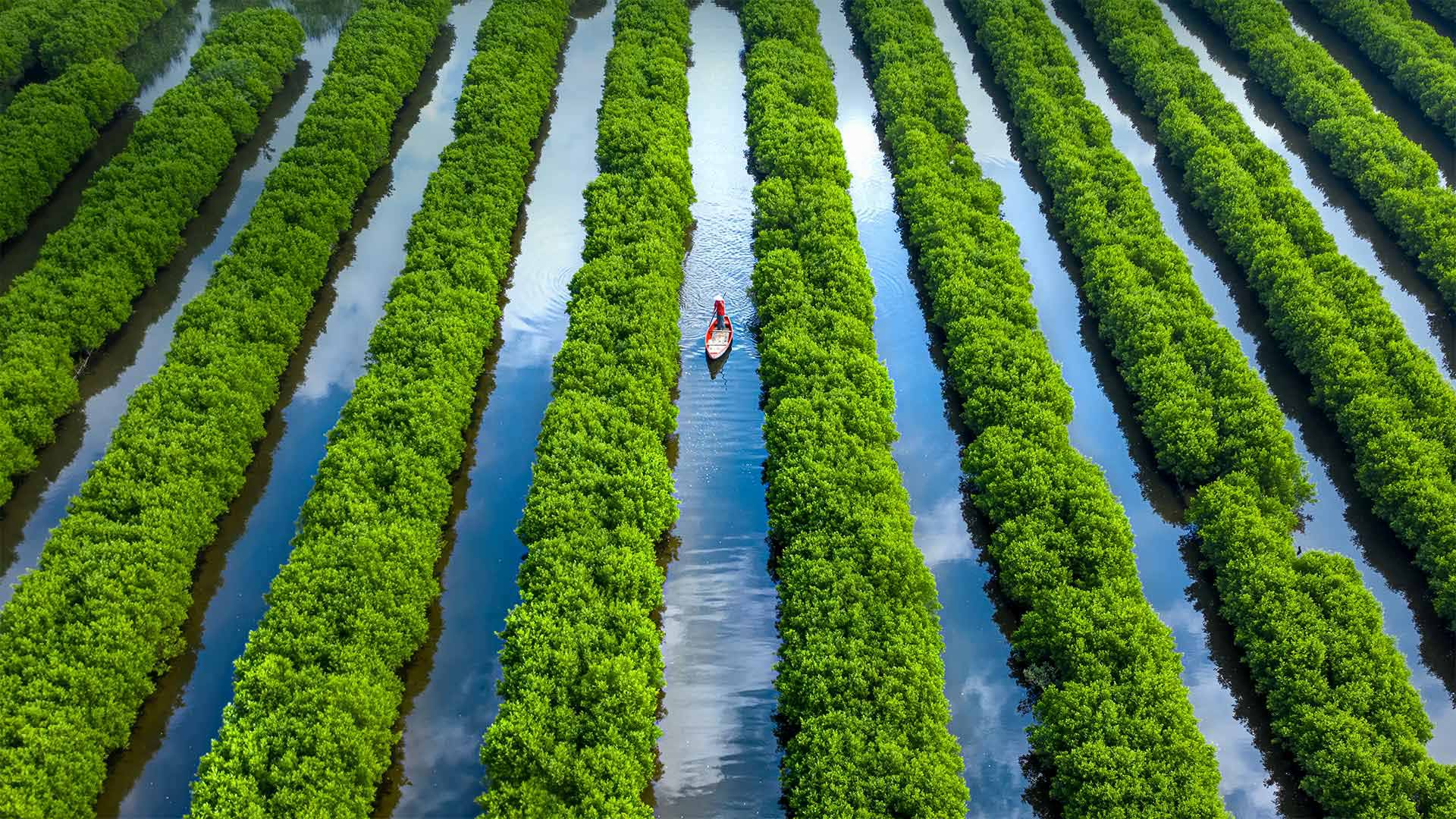
Bàu Cá Cái的红树林,越南广义 Bàu Cá Cái mangrove forest in Quảng Ngãi Province, Vietnam (© Robert Harding World Imagery/Offset)
How Quảng Ngãi got its grove back
Could these humble rows of trees prevent a natural disaster? The Vietnamese government hopes so. Mangrove forests like Bàu Cá Cái in coastal Vietnam's Quảng Ngãi Province are an important shield against destructive typhoons that rock the coast each year. Unfortunately, mangrove trees have been depleted over the years by population growth, climate change, and increased use of waters for fish farming. Plantings at Bàu Cá Cái—outlined by bamboo frames to create the neat patterns seen here—have been part of a major initiative to regenerate nearly 10,000 acres of mangrove forest around the country.